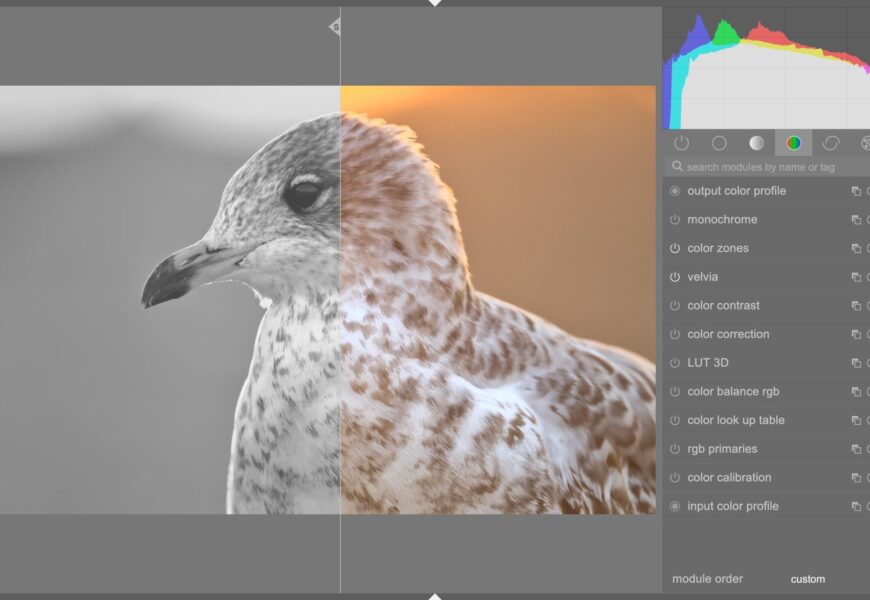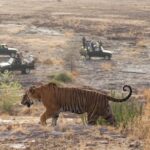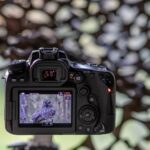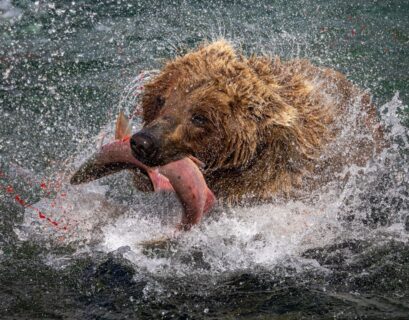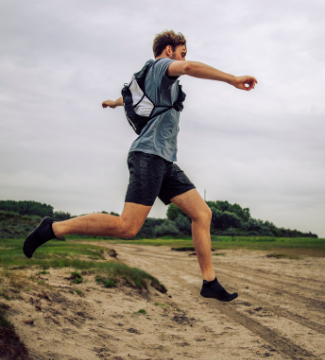Capturing stunning wildlife photos is just the beginning. Post-processing is an essential step to bring out the best in your images, enhancing their quality and impact. Here are some of the most effective post-processing techniques to elevate your wildlife photography.
Adjust Exposure and Contrast
One of the first steps in post-processing is adjusting the exposure and contrast. Wildlife photos often benefit from balanced exposure to ensure details are visible in both shadows and highlights. Use the exposure slider to brighten or darken the image, and adjust the contrast to add depth and make your subject stand out.
Enhance Colors
Color adjustment can make your wildlife photos more vibrant and appealing. Increase the saturation and vibrance to enhance the colors without making them look unnatural. Use the white balance tool to correct any color casts, ensuring that the colors in your image accurately reflect the scene as you saw it.
Sharpening
Sharpening is crucial for bringing out the fine details in your wildlife photos. Use the sharpening tool to enhance the clarity of your subject, especially if it has fur, feathers, or intricate textures. Be careful not to over-sharpen, as this can introduce noise and make the image look artificial.
Noise Reduction
Shooting wildlife, particularly in low light, often requires high ISO settings, which can introduce noise. Use noise reduction tools to minimize grain and smooth out the image while preserving details. Adjust the luminance and color noise sliders to reduce noise without sacrificing too much sharpness.
Cropping and Composition
Sometimes, the perfect shot needs a little cropping to improve the composition. Use the crop tool to remove any distracting elements and focus on your subject. Follow the rule of thirds or other composition guidelines to create a balanced and visually appealing image.
Highlight and Shadow Recovery
Wildlife photos often have a wide dynamic range, with bright highlights and deep shadows. Use the highlight and shadow sliders to recover lost details in these areas. Bringing down the highlights can help retrieve details in bright areas, while lifting the shadows can reveal more information in darker parts of the image.
Background Enhancement
The background of a wildlife photo plays a significant role in its overall impact. Use selective editing tools to blur or darken the background, helping your subject stand out. The radial filter or adjustment brush can be particularly useful for enhancing the background without affecting the subject.
Vignetting
Adding a subtle vignette can draw attention to your subject by darkening the edges of the photo. Use the vignette tool to apply a gentle, feathered edge around your image. Adjust the intensity to ensure it enhances the photo without becoming too noticeable.
Cloning and Healing
Sometimes, small distractions can detract from an otherwise perfect photo. Use the cloning and healing tools to remove unwanted elements like dust spots, stray branches, or other imperfections. These tools allow you to clean up the image while maintaining a natural look.
Selective Editing
Selective editing tools, such as the adjustment brush and gradient filters, allow you to make precise adjustments to specific areas of your photo. Use these tools to enhance your subject, adjust the background, or apply local contrast and color adjustments. This level of control helps you fine-tune your image for the best possible result.
Final Touches and Exporting
Before finalizing your photo, make sure to review all adjustments and ensure everything looks balanced and natural. Apply any final touches, such as adding a slight warmth or cooling filter to match the mood of the scene. When exporting, choose the appropriate file format and resolution for your intended use, whether it’s for print or digital display.
Conclusion
Post-processing is a vital part of wildlife photography, allowing you to enhance your images and bring out their full potential. By adjusting exposure, colors, sharpening, and using selective editing techniques, you can create stunning wildlife photos that captivate viewers. Remember, the goal of post-processing is to enhance the natural beauty of your images while maintaining their authenticity. Happy editing!

